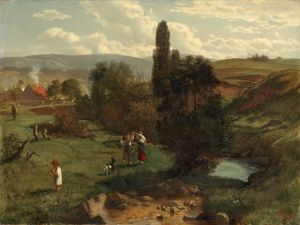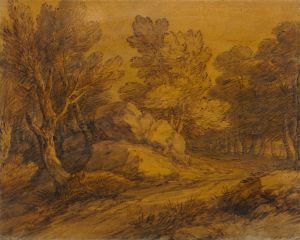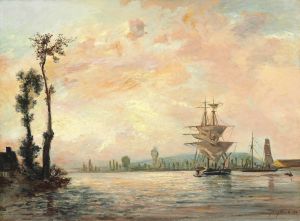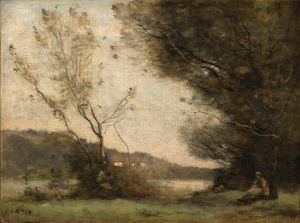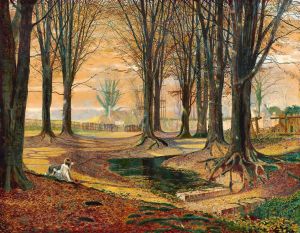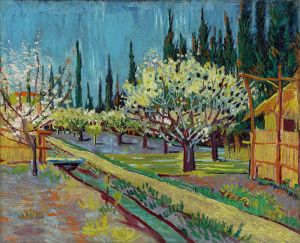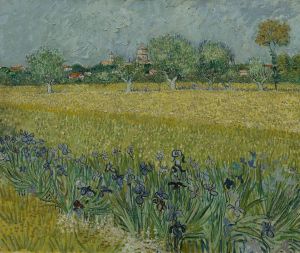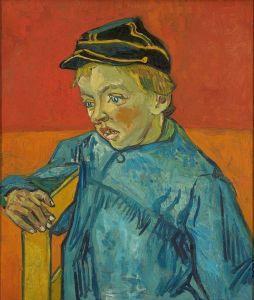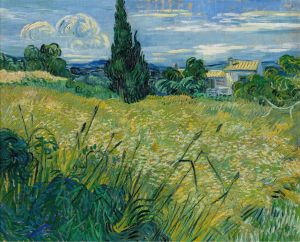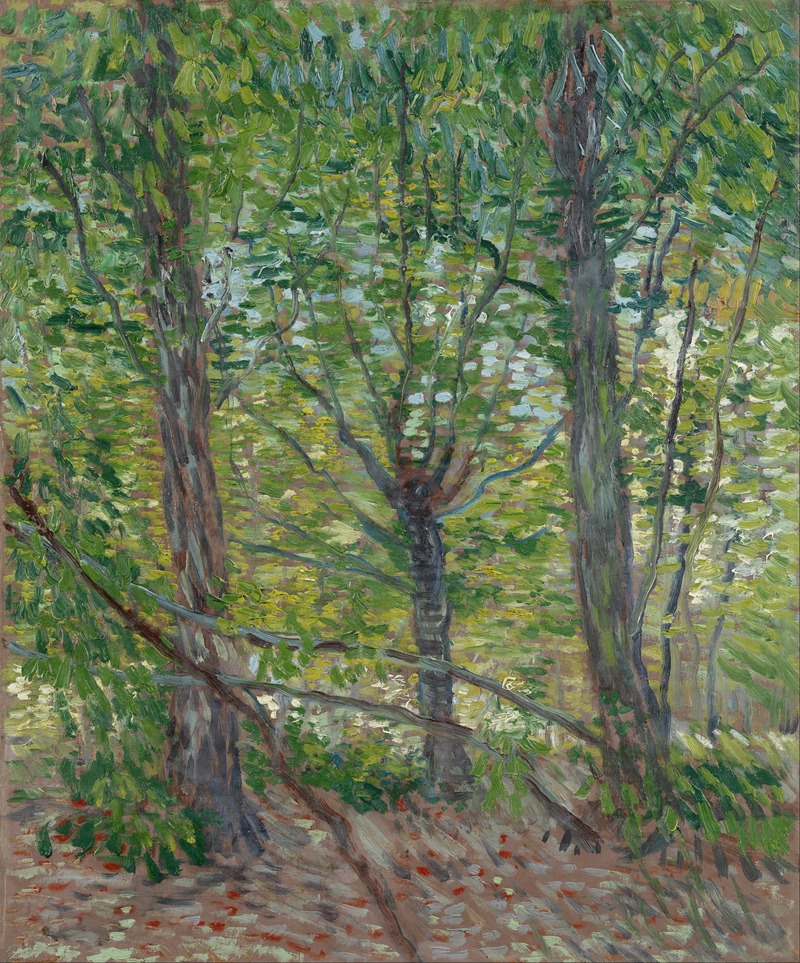
Trees
A hand-painted replica of Vincent van Gogh’s masterpiece Trees, meticulously crafted by professional artists to capture the true essence of the original. Each piece is created with museum-quality canvas and rare mineral pigments, carefully painted by experienced artists with delicate brushstrokes and rich, layered colors to perfectly recreate the texture of the original artwork. Unlike machine-printed reproductions, this hand-painted version brings the painting to life, infused with the artist’s emotions and skill in every stroke. Whether for personal collection or home decoration, it instantly elevates the artistic atmosphere of any space.
Vincent van Gogh, a Dutch Post-Impressionist painter, is renowned for his expressive and emotive depictions of nature, including numerous works featuring trees. While Van Gogh created several paintings and drawings of trees throughout his career, there is no specific artwork universally recognized under the title Trees. Instead, trees appear as a recurring subject in many of his notable works, such as The Mulberry Tree (1889), Cypresses (1889), and Olive Trees (1889).
Van Gogh’s fascination with trees was deeply tied to his appreciation of nature and his desire to convey its vitality and spiritual essence. During his time in Arles and Saint-Rémy-de-Provence in southern France, he frequently painted the surrounding landscapes, which prominently featured olive trees, cypress trees, and other flora native to the region. These works are characterized by bold, swirling brushstrokes, vibrant colors, and a sense of movement that reflects Van Gogh’s emotional connection to the natural world.
For example, in The Mulberry Tree, painted during his stay at the asylum in Saint-Rémy, Van Gogh used a rich palette of yellows, blues, and greens to capture the tree’s autumnal beauty. Similarly, his series of paintings of cypress trees, such as Cypresses and Wheat Field with Cypresses, showcases the towering, flame-like forms of these trees, which Van Gogh described as “beautiful as regards lines and proportions, like an Egyptian obelisk.”
Another significant series is his Olive Trees paintings, created in 1889. These works reflect Van Gogh’s interest in the symbolic and spiritual qualities of olive trees, which he associated with resilience and endurance. The paintings often feature dynamic, undulating lines and a textured surface, emphasizing the vitality of the trees and their integration into the surrounding landscape.
Van Gogh’s depictions of trees were not only a study of the natural world but also a reflection of his inner emotional state. His innovative use of color, form, and texture in these works has made them some of the most celebrated examples of Post-Impressionist art.
If you are referring to a specific painting titled Trees by Vincent van Gogh, there is no widely documented or recognized artwork by that exact name. However, his broader body of work includes numerous representations of trees, each imbued with his distinctive artistic style and emotional depth.





